Visions of beauty and splendor inhabit opera houses. Mesmerizing music and top-tier vocal artistry that transcend the ordinary, vibrant costumes tell stories and plays, and art in every form guarantees a magical experience.
The first opera house in Egypt dates back to the second half of the 19th century, when Khedive Ismail initiated its construction on the occasion of the inauguration of the Suez Canalin 1869 .
Swayed by the splendor of European richness, the Khedivial Opera House was constructed in six months by Italian architect, Pietro Avoscani in the Azbakeya district in Old Cairo.

Ismail commissioned Ascovani to design a small-scale replica of Milan’s magnificent opera, Teatro alla Scala.
In honor of the Khedivial Opera Houses’s opening in November 1869, Ismail welcomed world royalty and elites to attend Giuseppe Verdi’s Rigoletto performance.
Verdi was a famous Italian composer, best known for his operas. When Verdi was commissioned to perform, he initially was going to perform one of the most popular operas, Opera Aida. It was unfortunately not ready by the time of the Opera House’s inauguration; however, Opera Aida was performed two years later in 1871.
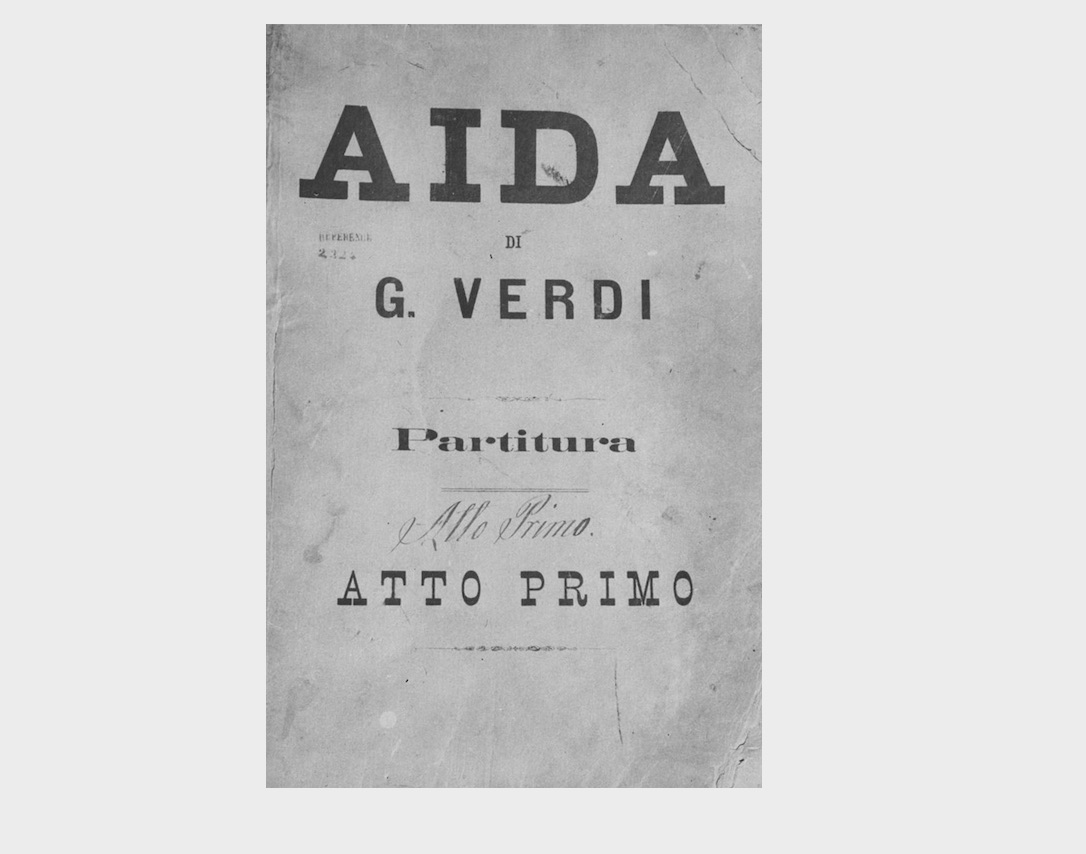

The limestone building, which seated 850 people, was later renamed the Royal Opera House in the 1930s. In the wake of the 1952 Revolution, it was renamed once again to remove any reference to the monarchy. It simply became the Opera House.
The Opera House was the first in Africa, where famous world opera and symphonic masterpieces were performed.
From the day it opened, the Opera House did not lose its charm or splendor until it burned down in 1971. The majority of the structure was made of wood, which made it vulnerable and not durable enough to withstand extreme conditions.
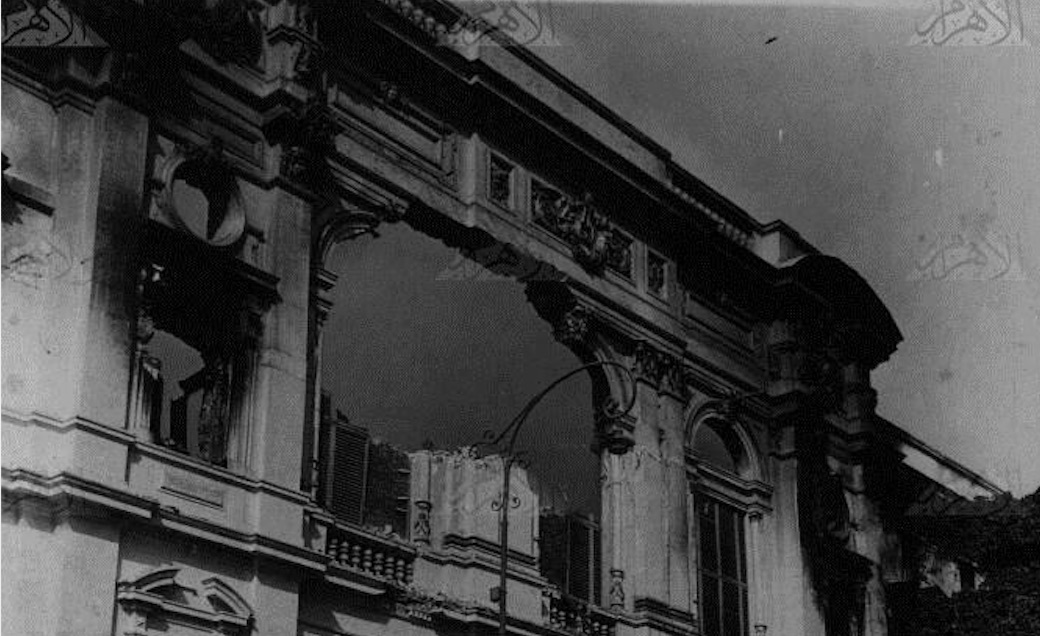
The finery, elegance, and superior musical art epicenter was re-inaugurated on 10 October in 1988, with the construction of the crème building housed in Zamalek, known as the Cairo Opera House.
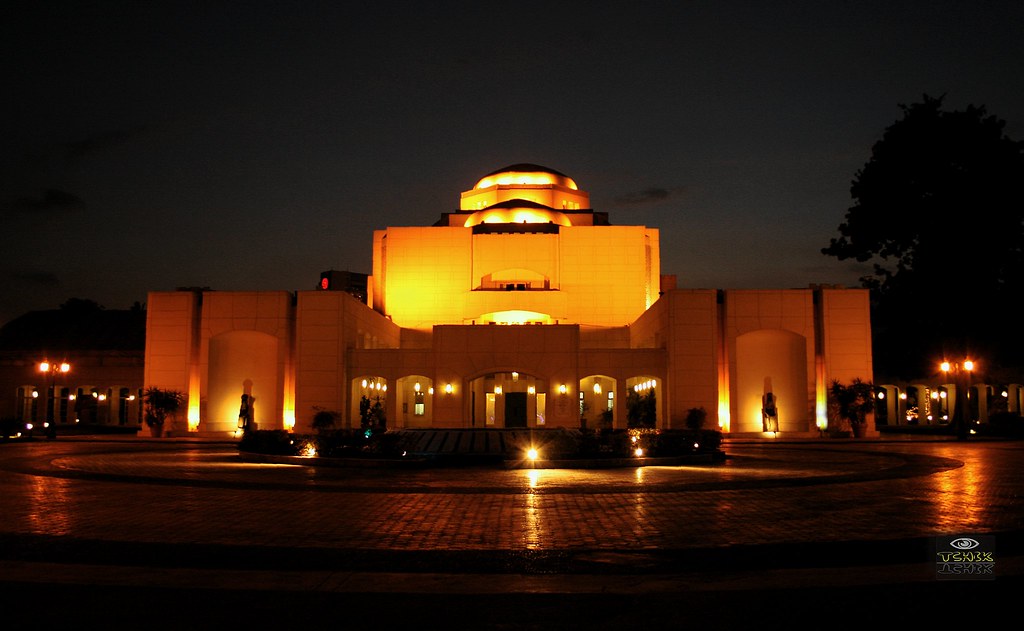
The Cairo Opera House became a cultural center that hosts and attracts a myriad of performances until this day: it is divided into a main hall, a small hall, and an open air theater. The main hall is designed to seat 1300 people, and mainly lends its stage to symphonic concerts and performances. The small hall and the open theater see light music concerts, art salons, dance recitals, and special performances.

The grandeur of its past was never lost, only renewed. Some argue that it was impossible to beat the 19th-century splendor of the Khedivial Opera House; however, the latter’s character is loved – a true bastion of musical and fine arts.
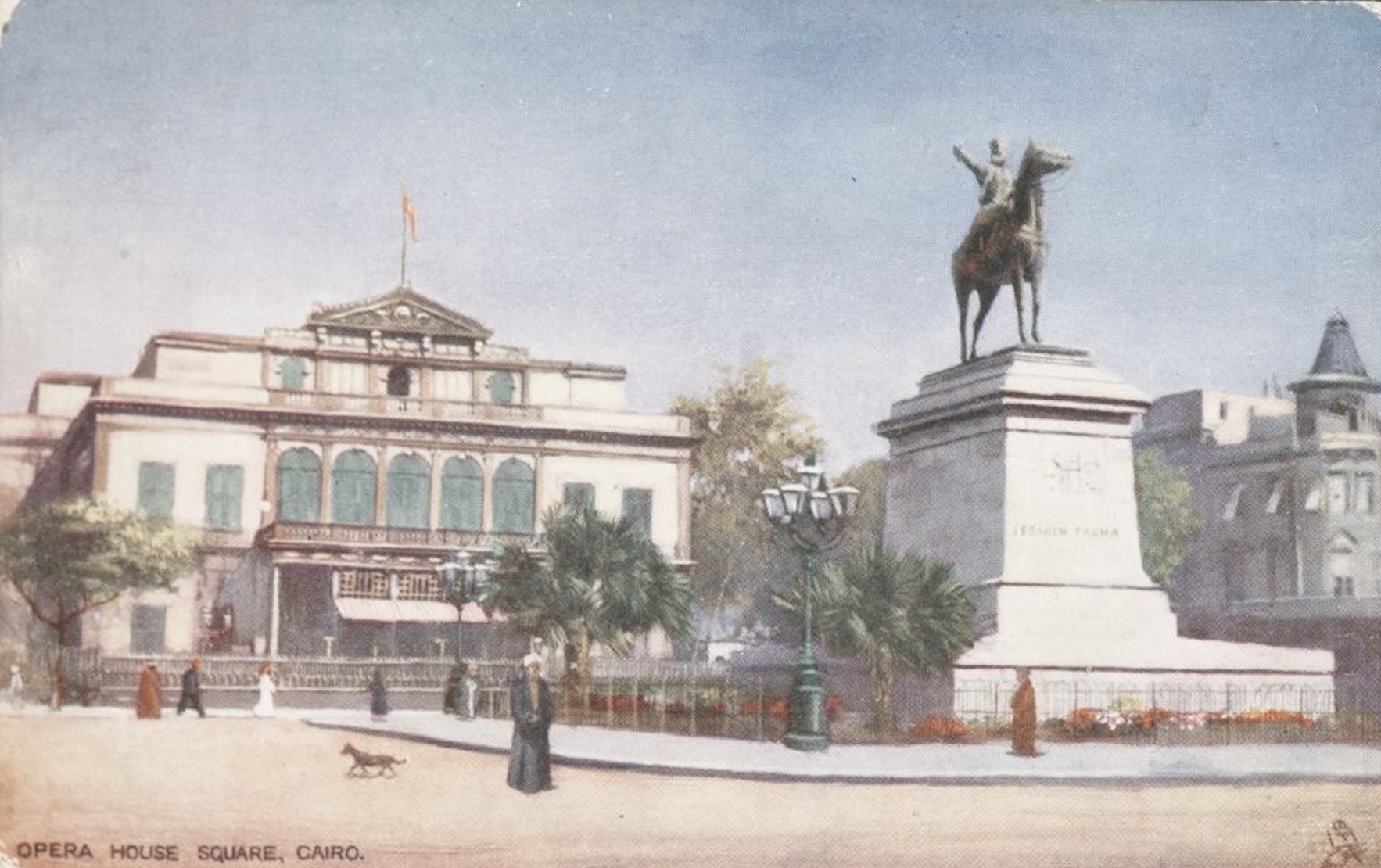



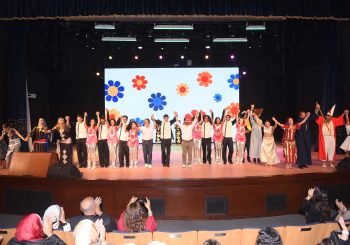

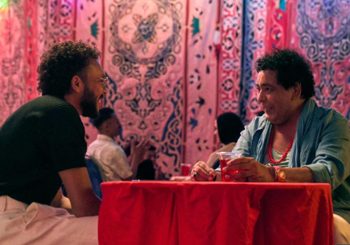
Comments (5)
[…] في العديد من المباني الشهيرة –بما فيها تحف مثل دار الاوبرا المصرية وستينيات القرن التاسع عشر فندق […]
[…] on 26 January, with many iconic buildings burning as a result—including masterworks such as the Cairo Opera House and the 1860s Shepheard […]